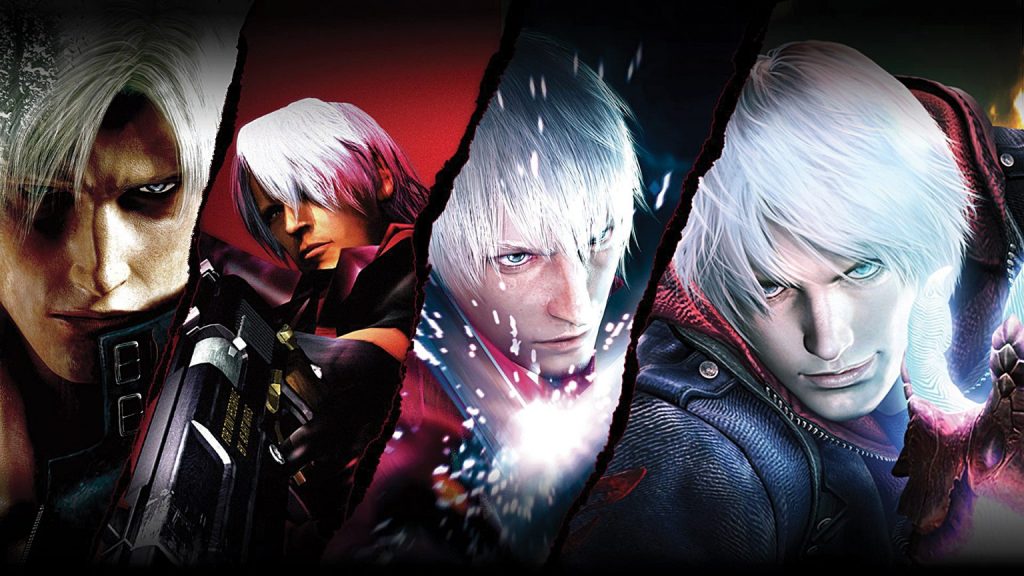What gives a video game it’s high “replay value”?

A guide to evaluate a game’s value over time
What is Replay Value in video games? You will often hear that term used when talking about video games, but no one really goes into detail as to what defines Replay Value or what they believe gives a game this quality.
So, allow me to do that and explain what could potentially give a game replay value. A large number of potential attributes will give games that quality.
For starters, replay value is explained best by the name. Replay value is how often you think you could comfortably replay any particular game without issue.
It’s typically a matter that comes down to personal taste, but there are multiple factors that could provide this value.
It could be a game with gameplay that entices you to experiment with new attacks or weapons, constantly incentivising and rewarding creativity or it could be a game with multiple endings, encouraging you to play it multiple times to see everything in the game.
It could feature collectables that are a joy to collect, rewarding people that collect everything with new features or fun Easter eggs. And there are multiple ways to pull off these factors.
The most common way to incentivise replay value is creative combat. An infamous culprit of this is the “Devil May Cry” series.
The combat is bombastic and ranks you based on how unique your combos are and how little damage you take in a fight. If you can play well, you can get up to the coveted SSS rank.
The skill ceiling is incredibly high and the combat looks fantastic, to the point that people make entire combo videos in these games.
It has inspired great replay value, as people grow more and more skilled at making stylish combos out of the tools given to them.
The second fashion is something more… Vague, and it’s something that varies in how it’s handled from genre to genre.
The most common form in which collectables comes to be is an object hidden in a level that unlocks something neat, such as concept art or a model from the game to view. It’s fairly basic, but an interesting concept all the same, and people enjoy hunting these secret objects down.
And the last way, is multiple endings. Some people see it as a cheap way to add length, but it’s still effective if the story is well written. It encourages more exploration of the game’s story, and trying to find ways to manipulate it. It’s a fun time, and will result in people constantly searching for potential secret endings.
All of these techniques are highly common in the game industry, and you should keep a lookout for them. After all, the more you get out of a game, the less money you spend buying a new one.




